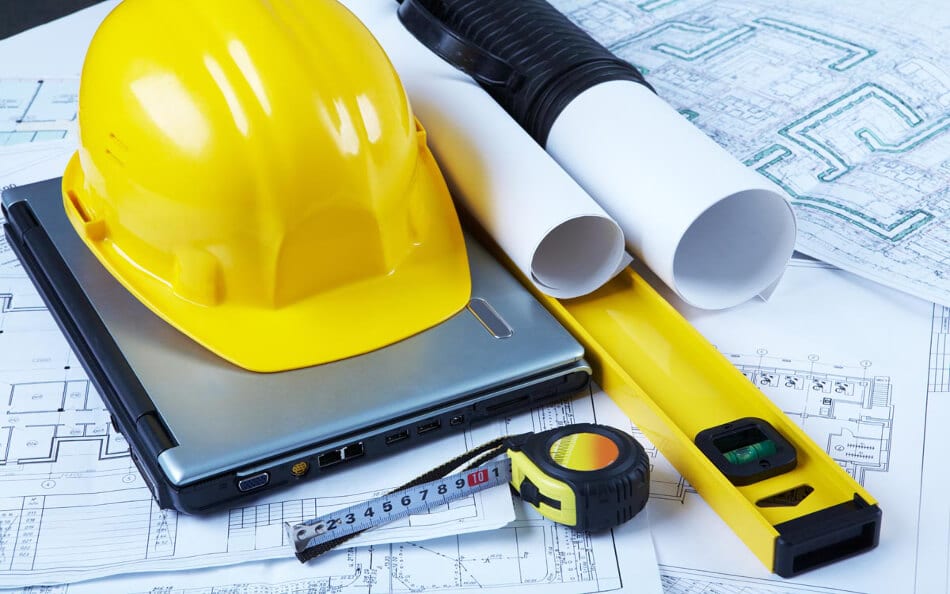Process digitisation is the moving away from the pen-and-paper method of doing things towards an online, real-time way of sharing information to ensure transparent collaboration, timely updated progress and risk assessment, quality control, and ultimately, more reliable outcomes.
Digitalisation, on the other hand, is the improving or transforming of a business or company operation or process by leveraging digital technologies. Digitalisation requires the digitisation of information in order for an entire workflow or system of working to be digitalised.
QHSE digitalisation, therefore, is the digitisation of QHSE processes and redefining them around a tool or technology for a new and better way of working.
Better processes, better outcomes
Digitising QHSE processes leads to a digitalised QHSE system which results to:
- Safer, secure, and healthy working conditions for all workers
- Delivery of safe, high quality, and environmentally responsible products and services
- Accountable use of resources
- Zero incidents on construction sites
There are five ways that digitalisation can improve construction safety:
- Streamlined Processes: Cloud-based mobile applications allow companies to digitise and streamline all safety processes fully.
- Sharing Best Practices: Reporting and sharing best practices on mobile devices impart safety knowledge and increase safety awareness.
- Monitoring Safety Wearables: Allowing the digital monitoring of safety wear and equipment could prove invaluable especially for workers carrying out hazardous jobs.
- Managing Crisis: Informing site supervisors and management immediately through devices once an accident has occurred saves time during critical situations.
- Predictive Analytics: Once processes are digitised, data collected can be analysed to identify safety-related trends.
Depending on a company’s corporate policy on QHSE and policies on good governance, a digitalised QHSE system can integrate customised database that can include legal requirements and international standards like the ISO9001, ISO14001, OHSA18001, etc.
Further reading: How to go digital in your QHSE.
More benefits
QHSE digitalisation have additional benefits and they are discussed one by one.
Increase in productivity
Streamlining QHSE checklists into every construction project from day one and consecutively monitoring them throughout the entire project cycle result to performance and KPI tracking at all times. This leads to regular reviews and audits that further benchmark QHSE performance at all construction sites. Ultimately, the only end scenario for you would be an overall increase in productivity.
Solution to manpower shortage
Managing QHSE processes and the whole job site digitally is a grand strategy to overcome the strain from construction labour shortage. Mobile devices allow for all information to be collected on site. That means all tasks and events will be centralised in one universal plan that allows real-time monitoring of all workers and activities. You end up managing your workers efficiently while eliminating unnecessary administrative time back in the office.
Lower operating costs
One of the more obvious effects of digitising is that it reduces cost and time overruns. With an active QHSE system, construction companies, whether big or small, can quickly make project changes while avoiding huge risks. Tasks are monitored and completed in phases resulting in big projects simplified into manageable sets of functions. Projects become easier to handle, which eliminates risks and reduces errors and results in lower operating costs and improvement in project quality and delivery.
Revenue growth
A digitised QHSE system translates to proper planning, better communication, improved safety and increased productivity. The better you are at these things, the better your construction revenue.
Stay competitive
In an industry where productivity remains a considerable challenge, digitising your processes and digitalising your business are your options to stay competitive. The move to digital transformation is inevitable as it will be the only road to take to solve construction’s productivity problems and labour shortage.
Hopefully, we have cleared up what QHSE digitalisation is and its difference from digitisation. Remember, they are two separate terms. Now that you have understood those points and have read through the benefits of digitising and digitalising, maybe you want to go further and try implementing it to your own company.



